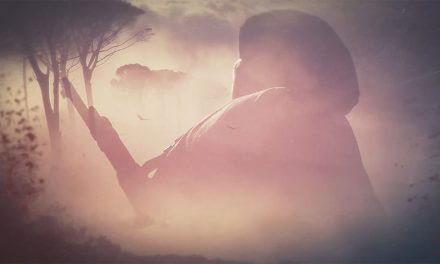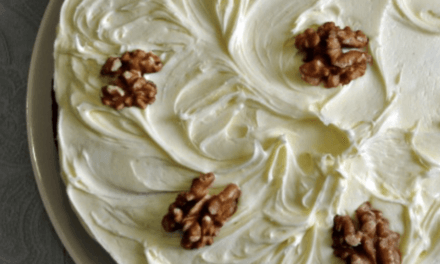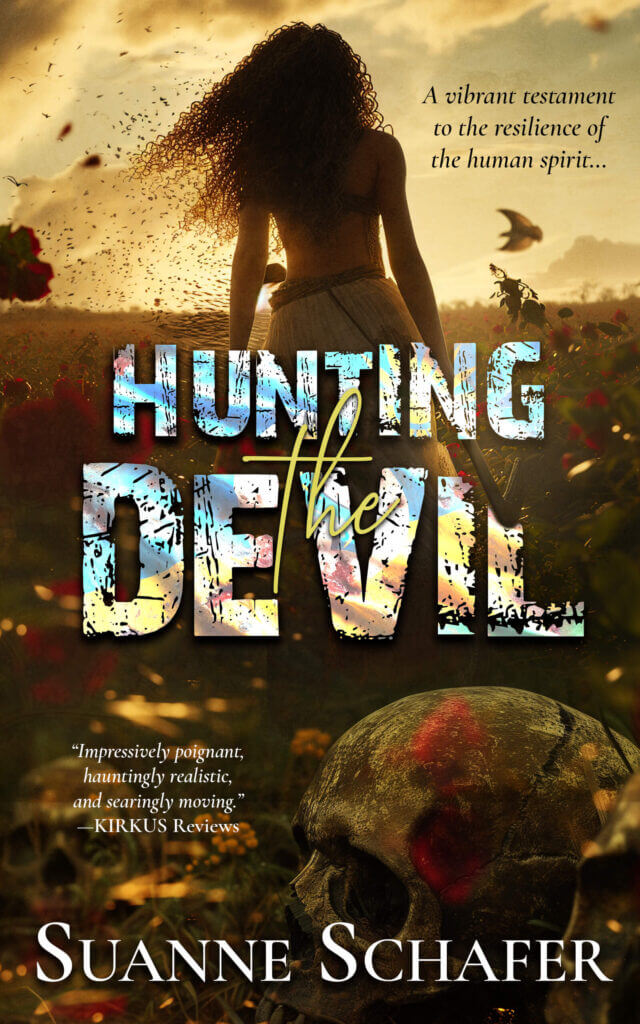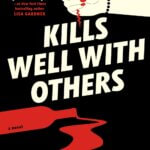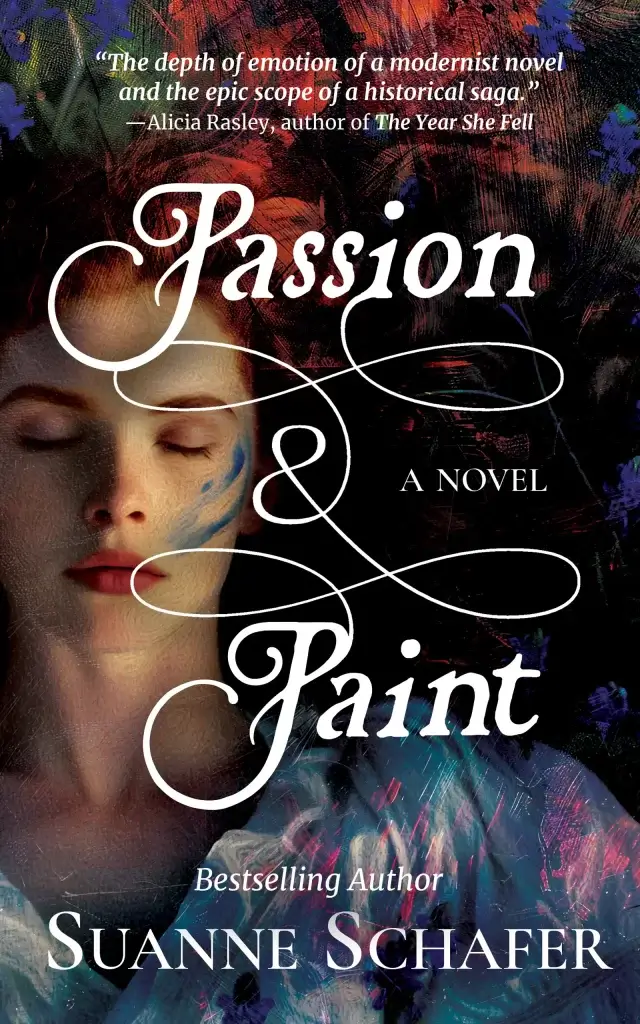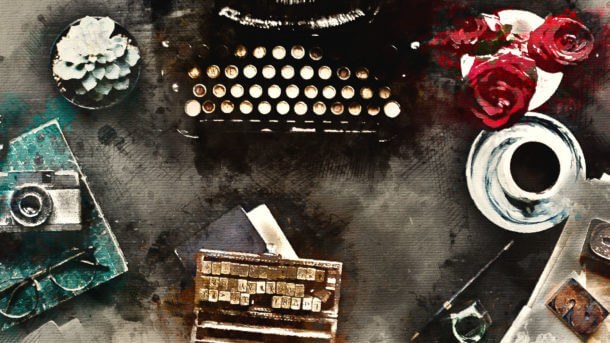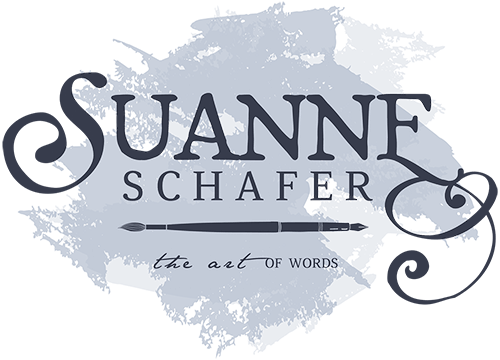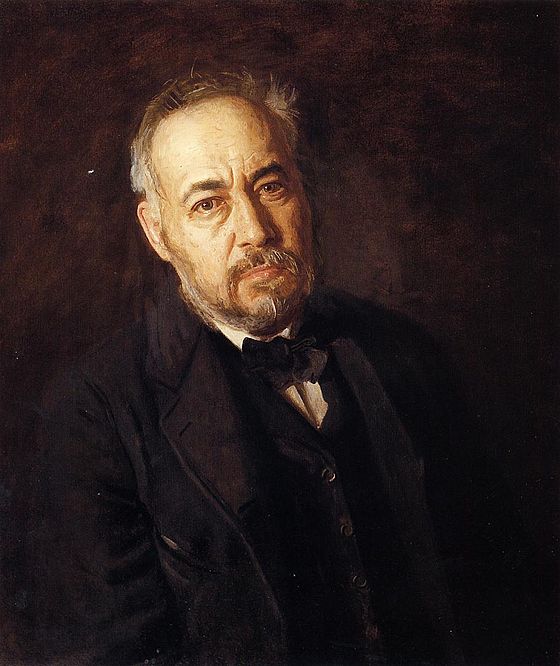
Thomas Eakins, 1902
My novel, A Different Kind of Fire, will be released in 2018. Its protagonist, Ruby Schmidt, is a fictional eighteen-year-old who leaves Texas to study art at the Pennsylvania Academy of the Fine Arts. Ruby encounters Thomas Eakins, a former professor at the Academy and arguably the city’s most renowned and infamous artist. He promoted the study of the complete nude (with all body parts uncovered) at the PAFA. Ultimately he was fired because of those beliefs.
In 1876, Eakins painted The Gross Clinic specifically for the Centennial Exhibition or World’s Fair. The painting depicts Dr. Samuel Gross, a world-famous physician, in a surgical ampitheater at Jefferson Medical College. The exhibition’s art jury rejected the painting as being too explicit in its realistic depiction of a surgery. The Gross Clinic now belongs to the Philadelphia Museum of Art, though it is currently not on view.
Unlike Eakins, Ruby Schmidt’s painting The Stillbirth was accepted by for exhibition in the Academy’s annual show. Because of its subject matter, on the advice of friends, she submitted it under an assumed name.Her painting is described in this excerpt:
Excerpt from A Different Kind of Fire:
Despite her ambiguous feelings toward her fiancé, Ruby began a new canvas for the Academy’s annual art exhibition, her largest yet, inspired by a Sunday afternoon several years earlier when a subdued Bismarck had called on her, dropping limply into a chair on her parents’ front porch.
“Anything wrong?” She handed him a cup of coffee and a monolithic slab of pound cake.
He reared back on the legs of the mule-eared chair, resting his head against the wall. “I’m plumb wore out. Up all night delivering a stillborn filly. Nearly lost the mare, too.” Overcome, he choked up, rubbing his forehead with his hand to hide his emotion.
Ruby knew he’d envisioned the foal, the product of his favorite mare and a wild mustang with an indomitable spirit, as the key to their future, the first in a string of fine horses.
“Oh, Biz.” She leaned down and drew his head against her breast and stroked his hair. He lifted her hand to his mouth and kissed it before pulling her into his lap. They held each other until he could speak again.
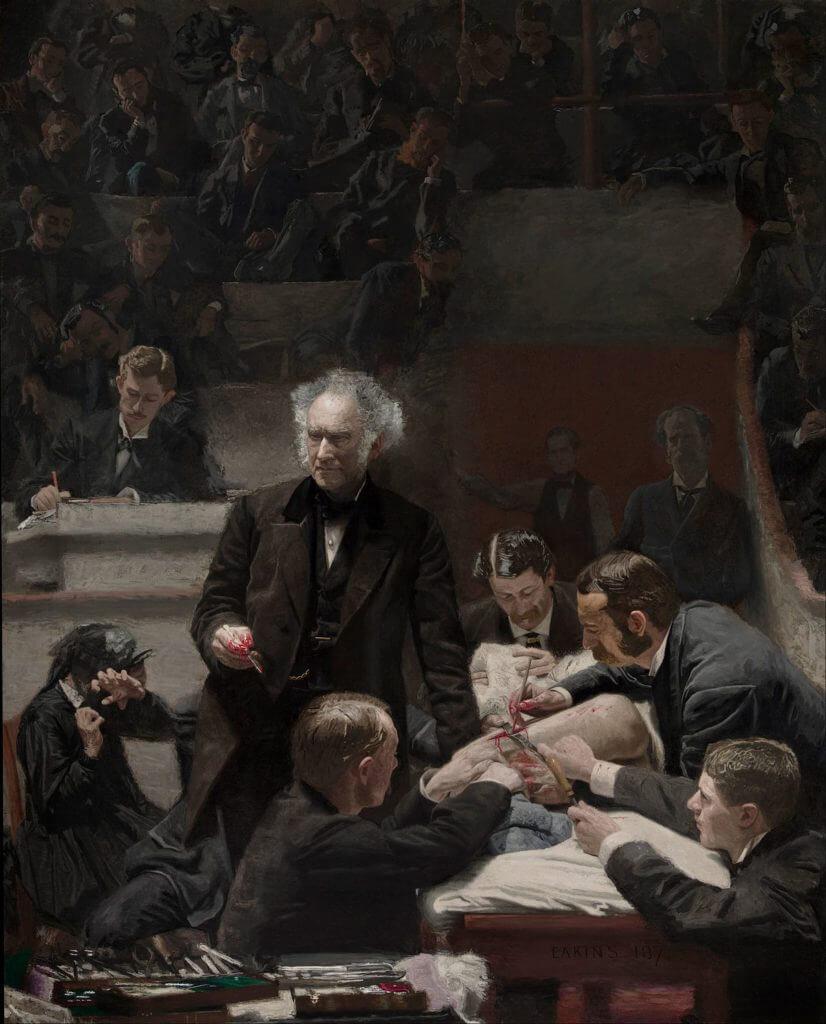
Thomas Eakins – The Gross Clinic
Ruby wanted to capture that mixture of sadness, fatigue, and momentary defeat in a painting she planned to entitle The Stillbirth. After sketching for weeks, she realized her original idea of showing Bismarck as she remembered him, on the front porch in broad daylight, lacked drama. The scene should be painted as it happened. In her final version, the barn was lit by a lone kerosene lantern. An exhausted Bismarck sat on a milking stool, his hands clasped behind his head, leaning against the barn wall. He was shirtless, one red suspender sliding off his shoulder. Sweat, blood, and birthing fluids soaked the denim pants that clad the long legs stretched before him. The body of the foal lay at his feet. Behind him, barely visible in the dark, the mare hung her head, the barn cat licked its paws, and the cock perched on the door to the horse stall.
The painting, though, received mixed reviews:
“…An obvious attempt at duplicating the horror of Mr. Thomas Eakins’ painting, The Clinic of Dr. Gross, the image contains so much blood it resembles a battlefield. Artistic ideals cannot be taught. Either one is an artist or not. Mr. Carter merely parrots technique and does not aspire to grandeur in his art. It is difficult to understand why anyone would waste such exquisite skill on trash.”
and
“…The Stillbirth is strong and virile, one of the most powerful, realistic, and fascinating pictures in this exhibition. The chiaroscuro and drapery are exquisite; however, one must condemn its public display where the tender eyes of a woman may be forced to look upon it.”
The viscous criticism of this painting has long-term effects on Ruby’s life and psyche which are revealed in my book.
For more information on Ruby, read the book, A Different Kind of Fire, due out in 2018.
For more information on The Gross Clinic and Thomas Eakins, see these websites:
